The 2019 pandemic became a catalyst for retail businesses and their customers. With disruption came some great innovations and even more of the already existing were implemented by businesses of different sizes which have embraced the convenience of e-commerce.
It’s important to understand how the latest technology trends in retail industry can transform companies, bring more pleasant experiences to their customers, generate revenue, and raise brand awareness.
Top 11 Retail Tech Trends For 2026
#1 Voice Commerce
Natural language processing (NLP) and its adoption in retail has significantly evolved over the last few years. Global Market Insights states that in 2026, the global sales of smart speakers will reach $30 billion. Why are they gaining so much popularity?
First of all, voice assistants help customers to move through the shopping process faster. Instead of searching for needed items in lists, they can just use voice commands and be done in a minute or so.
Secondly, frequently they’re able to guess the item that the customer wants to buy by analyzing his previous purchases and interests - this brings convenience and personalization.
Example:
Domino's Pizza’s virtual order assistant Dom, has already proven to be popular, taking orders on the go and helping customers determine the processing of their orders. Today, the global pizza market leader takes over 65% of its sales in the US via different digital channels.
#2 Digital Payments
E-wallets, contactless cards, and Real-Time Payments via QR codes rapidly substitute cash payments. According to Visa, tap-to-pay transactions increased more than 30% over the past year. 50% of consumers say that they will leave a store that doesn’t offer contactless payments. Convenience, speed, and security make consumers trend toward digital payments and make retailers provide multiple payment options.
Example:
HSBC offers their customers Omni Collect - a solution that includes a number of different payment options - credit cards, e-wallets, RTPs, etc. While incorporating a range of payment platforms for businesses themselves is challenging and costly, Omni Collect reduces paperwork and allows consumers to enjoy a flawless digital experience.


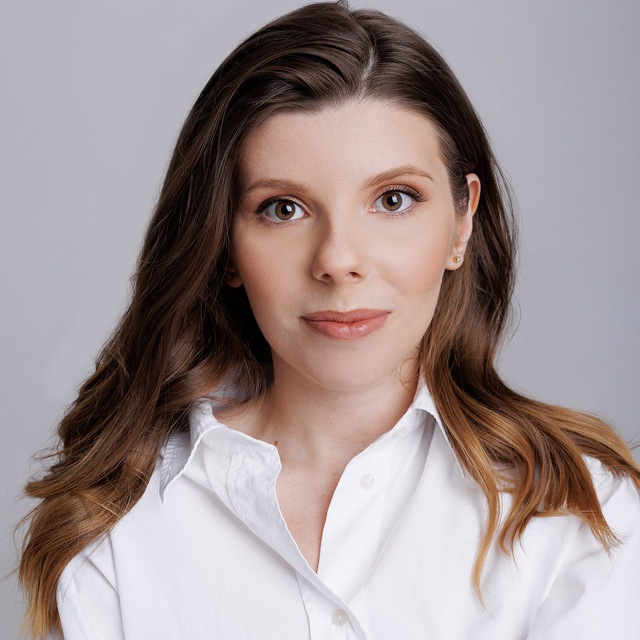


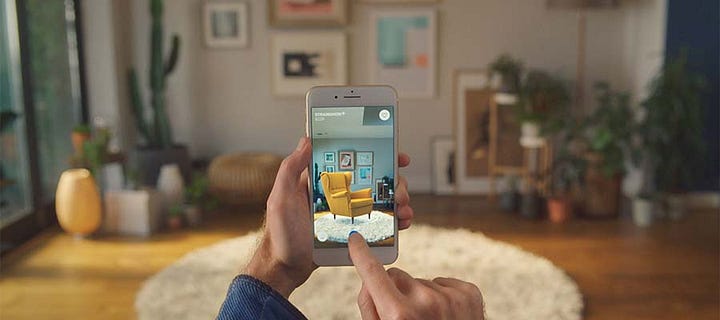
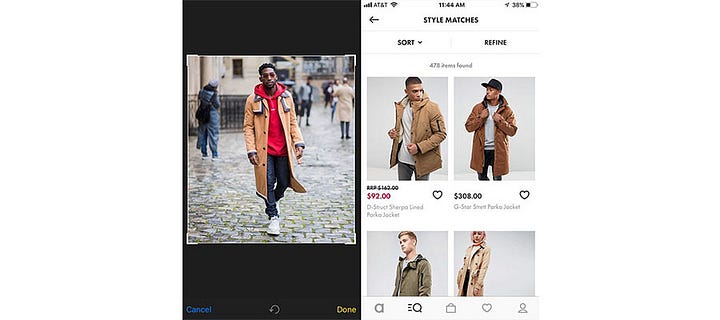
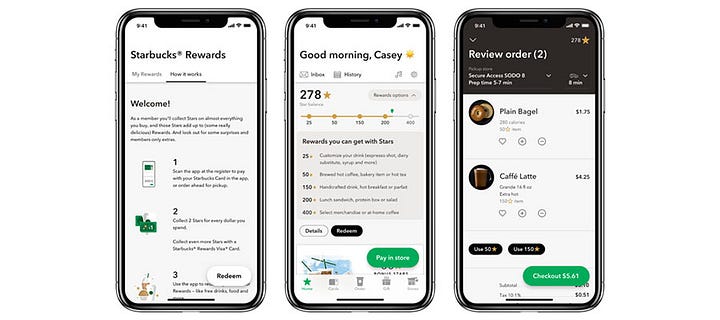
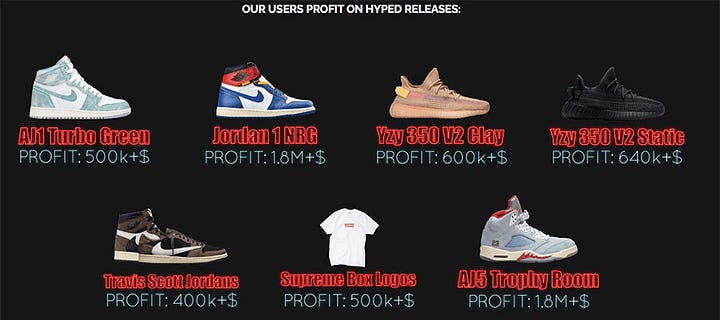
_1764586939-small.webp)

